Making Modern Slavery Simple
By Marcus Rose – SMAS Worksafe, Director of Technical Services
Modern slavery is a hideous crime taking advantage of those that are vulnerable for wealth and greed. Statistic produced by the International Labour Organisation (ILO) identifies there are 25 million people forced into labour around the world.
In the UK, the construction sector is susceptible to this risk due to non-English speaking workers, large labour force and short project deadlines set by clients to complete the work. Recently construction workers have been detained on suspicion of working in Britain illegally, CITB has worked closely with counter fraud, police and the home office. This is due to fraudulent card use and it’s been involved in cases of modern slavery.
IEMA has identified how there is a need for guidance on the preparation of modern slavery and what should a statement consist of and how to interpret them.
What can your organisation do?
Modern slavery should not be an ordeal to implement or manage. By implementing processes, organisations can monitor and help avoid the risks; while educating their supply chains.
Organisations that have a turnover of 36 million must comply with the Modern Slavery Act 2015, and this should be demonstrated on their website. Those with turn over less than 36 million could still be requested or would like to volunteer a statement during procurement, by helping mitigate the risks and demonstrate best practice.
The Modern Slavery Act specifies the steps organisations has taken to ensure slavery and human trafficking is not taking place while being transparent. The Act does not describe the detail in what a statement should include or the structure, but it does provide a non-exhaustive list of information that may be included, by describing and addressing the steps taken:
- the organisation’s structure, it’s business, and its supply chains,
- its policies in relation to slavery and human trafficking,
- its due diligence (ongoing assessment of modern slavery risks) processes in relation to slavery and human trafficking in its business and supply chains,
- the parts of its business and supply chains where there is a risk of slavery and human trafficking taking place, and the steps it has taken to assess and manage that risk,
- its effectiveness in ensuring that slavery and human trafficking is not taking place in its business or supply chains, measured against such performance indicators as it considers appropriate,
- the training and capacity building about slavery and human trafficking
SMAS Worksafe – Preferred Supplier
If your organisation needs to implement a modern slavery process, SMAS Worksafe has developed a best practice Modern Slavery Statement that can be adapted and implemented for any organisation that is taking up the additional questions. Additionally, the guided pack addresses the requirements while providing a fact sheet and training PowerPoint to educate your organisation.
Learn more about SMAS Worksafe PQQ.
Share on facebook
Facebook
Share on google
Google+
Share on twitter
Twitter
Share on linkedin
LinkedIn
